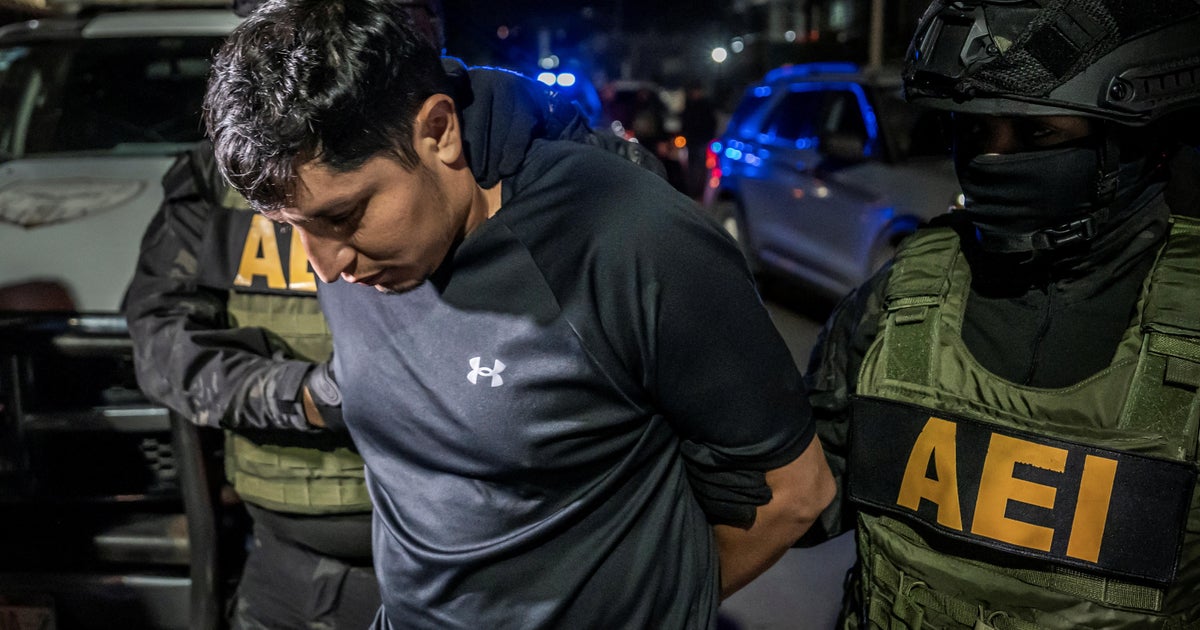Hundreds of thousands of residents of the city of Gaza have lost their only clean water source last week after the municipal authorities of the territory cut off the supplies of the useful water of Israel.
Many now have to walk, sometimes for miles, to get a small filling with water after the Israeli military bombardment and land offensive in the eastern Shejaiya district of Gaza city damaged the pipeline operated by state -owned mekorot.
« Since morning, I’ve been waiting for water, » said the 42 -year -old Gaza Woman, Faten Nassar. « There are no stations and no trucks. There is no water. Crossings are closed. God willing, the war will end safely and peacefully. »
Israel’s military did not immediately respond to a comment request.
Israel ordered Shejaiya residents to evacuate last week, as he launched an offensive that has been bombed by several districts. The military has previously said that it operated against « horror infrastructure » and had assassinated a senior militant leader.
The Mekorot Pipeline had supplied 70 percent of the water in the city of Gaza since the destruction of most of its wells during the war, according to the municipal authorities.
« The situation is very difficult and things are complicated, especially when it comes to the daily life of people and their daily water needs, whether to clean, disinfect and even cook and drink, » said Husni Mhana, a spokesman for the municipality.
« We are now living in a true crisis of seven in the city of Gaza and we could face a difficult reality in the coming days if the situation is still the same. »
Worsen the water crisis
Most of the 2.3 million Gaza people have traveled internally through the war, with many daily walking trips to fill the plastic containers with water with the few wells that still work in remote areas, and even these do not guarantee clean supplies.
The water to drink, cook and wash has become more and more a luxury for Gaza residents after the start of the war between Israel and the Palestinian militant group Hamas, whose fighters carried out the deadliest attack for decades in Israel in October 2023, killing 1,200 people in the south of Israel and having about 250 hostages according to the Altos Israeli.
Since then, more than 50,800 Palestinians have been killed in the Israeli military campaign, according to Palestinian authorities.
Many residents of the tail of the enclave for hours to achieve a filling water, which is usually not enough for their daily needs.
« I walk long distances. I get tired. I’m old, I’m not young for walking every day to get water, » said Adel Aluiani, 64.
Most inoperable Gaza wells
The only natural source of water in the Gaza Strip is the coastal aquifer basin, which runs through the eastern Mediterranean coast from the northern Peninsula of Sinai to Egypt, through Gaza and to Israel.
But its salt tap water is severely exhausted, with up to 97 percent considered inappropriate for human consumption due to salinity, over-extraction and pollution.
The Palestinian water authority stated that most of their wells had been inoperable during the war.
On March 22, a joint statement from the Palestinian Statistics Office and the Water Authority said that more than 85 percent of the water and sanitation facilities and Gaza active ones were completely or partially out of service.

Palestinian and the United Nations officials said that most Gaza desalination plants were damaged or operations due to Israel’s fuel power and fuel cuts.
« Due to extensive damage caused by the water and sanitation sector, water supply rates have decreased to an average of three to five liters per day, » the statement said.
This was much less than a minimum of 15 liters per person and the emergency survival requirement, according to the indicators of the World Health Organization, he added.
Food, medicine is also over
More than six weeks since Israel completely cut off all supplies to approximately 2.3 million residents of The Gaza StripFood was stored during a cessation of fire earlier this year is over.
Emergency meal distributions are over, the bakeries are closed, the markets are empty.
Hani Abu-al Qasim, a food distribution officer with a Food Bank Bank in Khan Younis, says he works with very few foods that will spread soon.
« People come to us as a last resort, » CBC, Mohamed el Saife, told CBC autonomous videographer on Friday.
Ahmed Abu Daqqa, a resident waiting in the Food Bank row, says that the Palestinians in the territory do not know if they will wake up the next day and can put themselves in their hands.
« Civilians are waiting for the row for hours, waiting for food they can sometimes not achieve. It’s a great suffering, » he said.
In the meantime, medicine actions are also critical, which is difficult to keep hospitals even partially operational, said the World Health Organization (WHO) on Friday.
« We are critically low in our three warehouses, in antibiotics, liquids IV and blood bags, » he told Rik Peeperkorn that he told journalists in Geneva through Jerusalem video link.













Leave a Reply